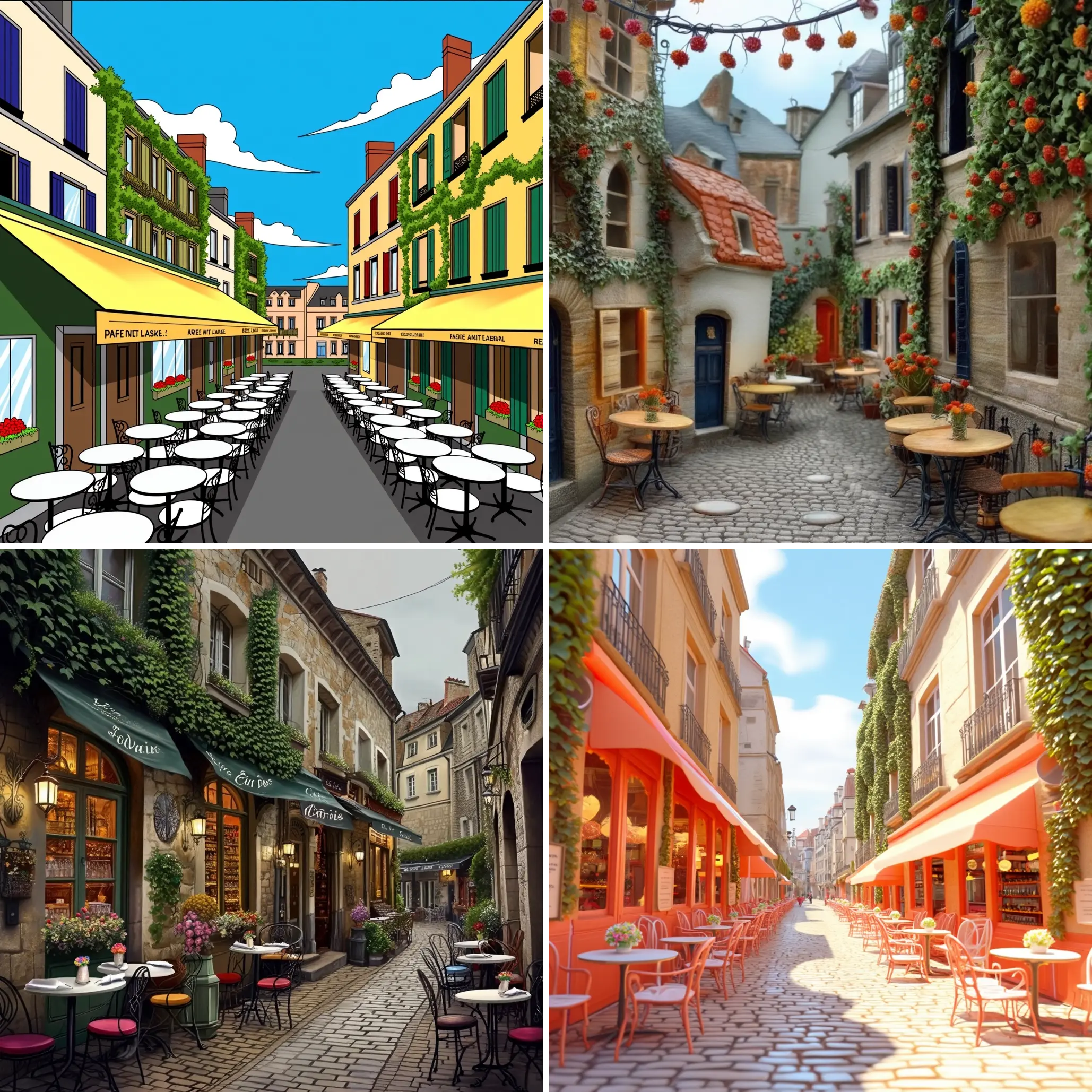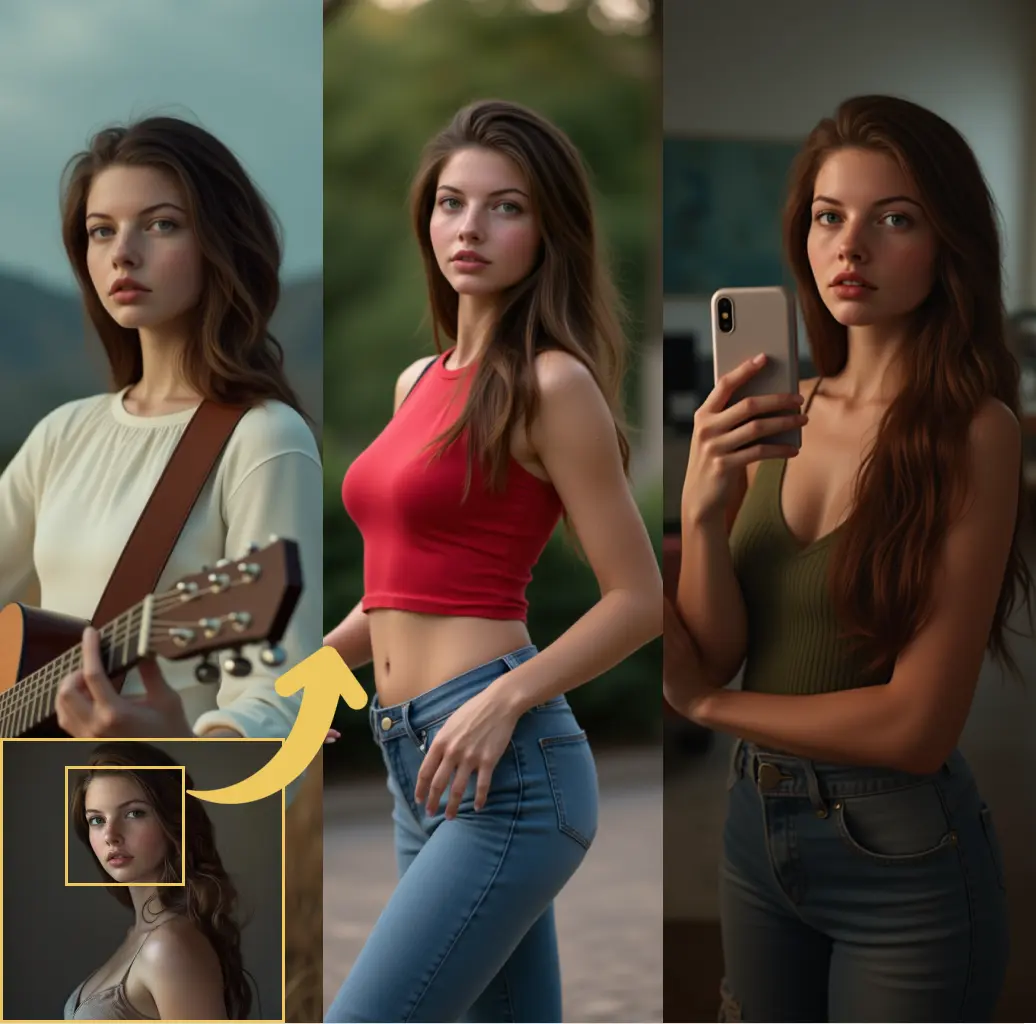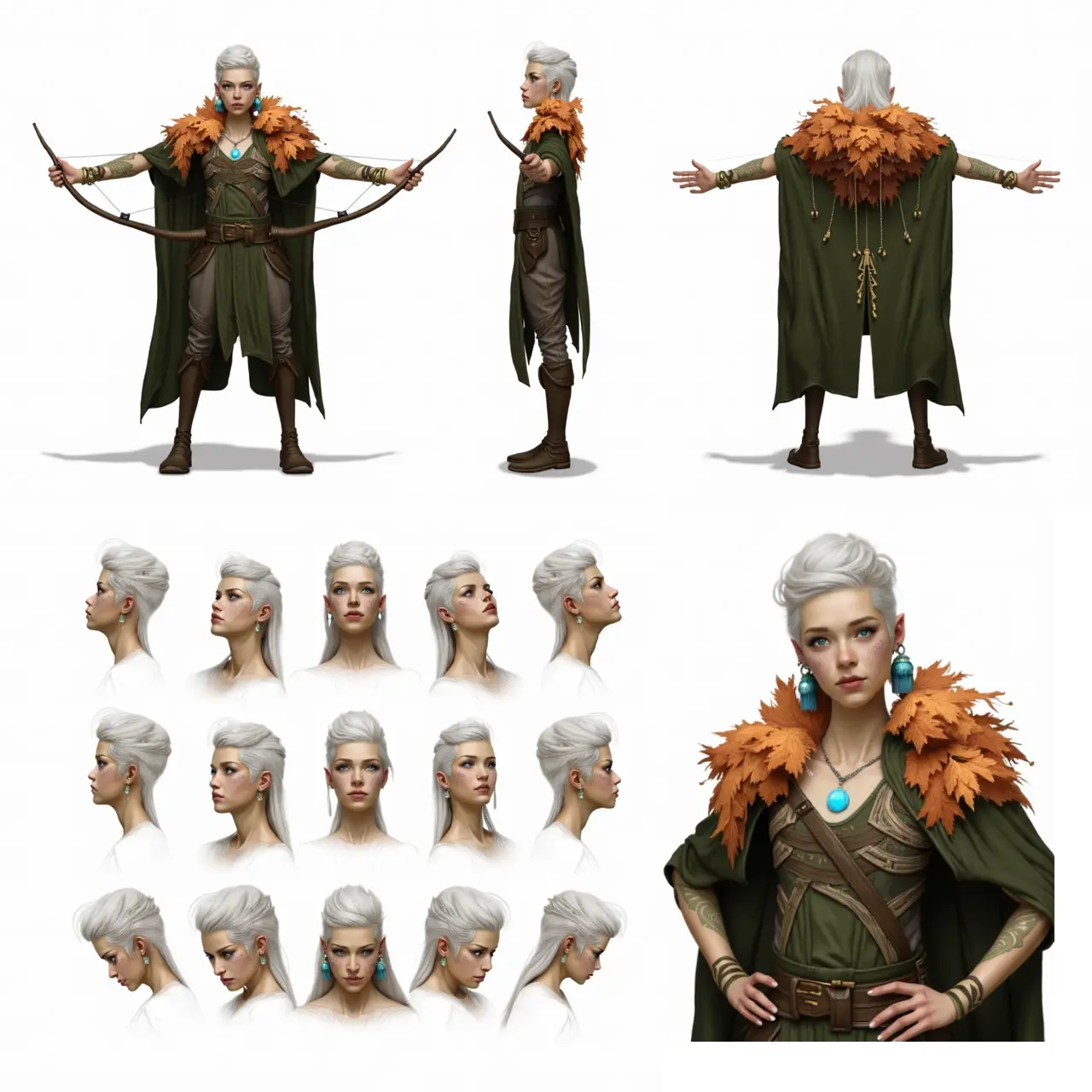ComfyUI Node: Write to Video
Write to Video
CategoryWAS Suite/Animation/Writer
WASasquatch (Account age: 4910days) Extension
WAS Node Suite Latest Updated
2025-03-27 Github Stars
1.44K
How to Install WAS Node Suite
Install this extension via the ComfyUI Manager by searching for WAS Node Suite- 1. Click the Manager button in the main menu
- 2. Select Custom Nodes Manager button
- 3. Enter WAS Node Suite in the search bar
Visit ComfyUI Online for ready-to-use ComfyUI environment
- Free trial available
- 16GB VRAM to 80GB VRAM GPU machines
- 400+ preloaded models/nodes
- Freedom to upload custom models/nodes
- 200+ ready-to-run workflows
- 100% private workspace with up to 200GB storage
- Dedicated Support
Write to Video Description
Facilitates video creation from images with customizable parameters and codec support for AI artists.
Write to Video:
The Write to Video node is designed to facilitate the creation of video files from a series of images. This node is particularly useful for AI artists who want to compile their generated images into a cohesive video format. It allows you to specify various parameters such as the number of transition frames between images, the delay between images, the frames per second (fps), and the maximum size of the video. The node also supports different codecs for video encoding, ensuring compatibility with various playback devices and software. By using this node, you can easily transform your static images into dynamic video presentations, enhancing the visual storytelling of your AI-generated art.
Write to Video Input Parameters:
image
This parameter accepts the image or a list of images that you want to compile into a video. The images should be in a format supported by OpenCV, such as PNG or JPEG. The quality and resolution of the input images will directly affect the final video output.
transition_frames
This parameter specifies the number of frames to generate for transitions between consecutive images. A higher number of transition frames will result in smoother transitions but will also increase the video length. The default value is 10 frames.
image_delay_sec
This parameter sets the delay time in seconds for each image before transitioning to the next one. This allows you to control how long each image is displayed in the video. The default value is 10 seconds.
fps
This parameter defines the frames per second (fps) for the video. A higher fps value will result in smoother video playback but will also increase the file size. The default value is 30 fps.
max_size
This parameter sets the maximum size (in pixels) for the video. The video will be rescaled to fit within this size while maintaining the aspect ratio. The default value is 512 pixels.
output_path
This parameter specifies the directory where the output video file will be saved. The default path is "./ComfyUI/output".
filename
This parameter sets the name of the output video file. The default filename is "morph".
codec
This parameter defines the codec to be used for video encoding. The default codec is "H264", which is widely supported and offers a good balance between quality and file size.
Write to Video Output Parameters:
video_path
This parameter provides the path to the generated video file. It is the location where the video has been saved based on the specified output path and filename.
Write to Video Usage Tips:
- Ensure that all input images are of high quality and have consistent dimensions to avoid unexpected resizing issues.
- Adjust the
transition_framesandimage_delay_secparameters to achieve the desired pacing and smoothness in your video. - Use a higher
fpsvalue for smoother video playback, especially if your video contains fast transitions or movements. - Verify that the specified
output_pathexists and is writable to avoid file saving errors. - Experiment with different codecs to find the best balance between video quality and file size for your specific needs.
Write to Video Common Errors and Solutions:
Invalid video dimensions
- Explanation: This error occurs when the input video has invalid dimensions, such as a width or height of zero.
- Solution: Ensure that all input images have valid dimensions and are not corrupted. Check the image files for any issues before processing.
Unable to create video at: <output_file>
- Explanation: This error indicates that the video file could not be created at the specified output path.
- Solution: Verify that the output path exists and is writable. Ensure that there are no permission issues or disk space limitations.
Error resizing frame <i>: <error_message>
- Explanation: This error occurs when there is an issue resizing a frame during the video creation process.
- Solution: Check the input images for any anomalies that might cause resizing issues. Ensure that the images are in a supported format and have consistent dimensions.
Write to Video Related Nodes
RunComfy is the premier ComfyUI platform, offering ComfyUI online environment and services, along with ComfyUI workflows featuring stunning visuals. RunComfy also provides AI Playground, enabling artists to harness the latest AI tools to create incredible art.





